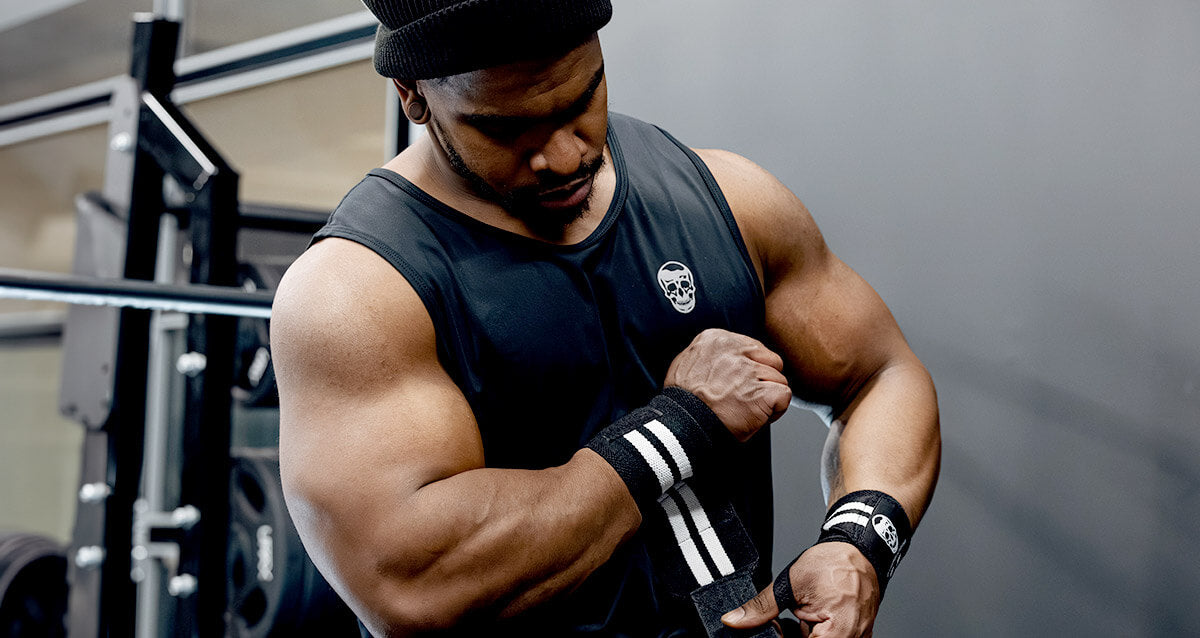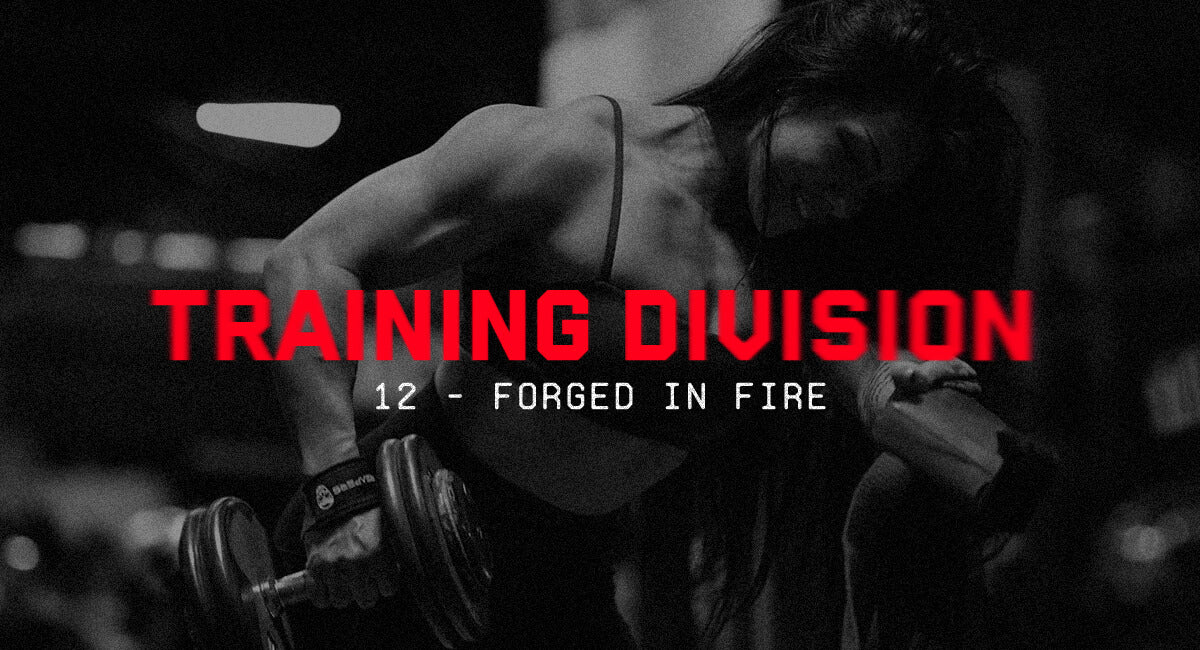When I started lifting seriously, I quickly learned that wrist support is crucial. I often felt discomfort in my wrists when attempting heavier lifts. That’s when I decided to give wrist wraps a try, and I noticed a significant improvement. In this guide, I’ll explain when and how to use wrist wraps effectively, the benefits I discovered, and some common mistakes to avoid. Let’s explore if wrist wraps could be a helpful addition to your lifting routine.
Table of Contents
- Understanding Wrist Anatomy & Strain
- Common Wrist Injuries in Weightlifting
- Benefits of Wrist Wraps
- How to Use Wrist Wraps Properly
- When to Use Wrist Wraps
- When Should You Not Use Wrist Wraps?
- Conclusion
Understanding Wrist Anatomy & Strain
The wrist is a complex structure comprised of 27 bones, with eight specifically in the wrist joint. This intricate design allows for high mobility but often at the expense of stability. Here's a closer look at the key components of wrist anatomy:
Key Components of Wrist Anatomy
| Component | Function |
|---|---|
| Bones | Provide structure and support |
| Ligaments | Stabilize the joint |
| Tendons | Connect muscles to bone |
| Cartilage | Cushions bones and allows smooth movement |
Because of this complexity, the wrists can be prone to various injuries during weightlifting. Let's examine some common wrist injuries associated with lifting.
Common Wrist Injuries in Weightlifting
- Sprains: Overstretching of ligaments caused by heavy lifting without support. Preventive measures include using wrist wraps and maintaining flexibility.
- Tendonitis: Inflammation of wrist tendons due to repetitive stress. To prevent tendonitis, gradually increase weights and ensure proper warm-up.
- Fractures: Breaking of wrist bones resulting from excessive weight. Prevent fractures by using wraps during heavy lifts and practicing proper form.
Benefits of Wrist Wraps
Wrist wraps provide several advantages that can enhance your lifting experience. Here are the key benefits of using wrist wraps:
- Injury Prevention: Wrist wraps reduce strain on wrist joints during heavy lifts, minimizing the risk of sprains and tendonitis. For more on the different types of wrist wraps, check out 3 Types of wrist Wraps (Which Are The Best?).
- Improved Stability: They enhance control and alignment during exercises, allowing for better performance and safer lifting. If you're looking to boost your bench press performance, our article on 4 Tips For Wearing Wrist Wraps For Bench Press & Do They Help offers valuable insights.
- Enhanced Circulation: Wrist wraps promote blood flow to the muscles and joints, warming them up and aiding recovery.
- Reduced Pain: They provide necessary support for those who experience wrist discomfort during lifting. To learn more about how wrist wraps can help alleviate pain, check out Does Wearing Wrist Wraps Help With Pain While Lifting?
Quick Overview of Wrist Wrap Benefits
| Benefit | Description |
|---|---|
| Injury Prevention | Reduces strain on wrist joints during heavy lifts |
| Improved Stability | Enhances control and alignment during exercises |
| Enhanced Circulation | Promotes blood flow and warms up the joint |
| Reduced Pain | Provides support for those experiencing wrist discomfort |
How to Use Wrist Wraps Properly
Using wrist wraps correctly is essential for maximizing their benefits. Here’s a step-by-step guide on how to apply wrist wraps for optimal support:
Steps for Proper Application
- Position Your Wrist: Start with your wrist in a neutral position.
- Begin Wrapping: Place the wrap around your wrist, starting from the base and moving toward the forearm.
- Secure Tightly: Wrap snugly but not too tight to restrict blood flow. Aim for a firm fit that still allows some mobility.
- Cross and Anchor: Cross the wrap over the wrist and anchor it to ensure it stays in place.
-
Check Comfort: Make sure the wrap feels comfortable and provides adequate support without cutting off circulation. For tips on the proper way to put on wrist wraps, see our guide on How To Put On Wrist Wraps the PROPER Way + How Tight
Common Mistakes to Avoid
- Too Loose: Avoid wraps that are too loose, as they won’t provide sufficient support.
- Too Tight: Conversely, wraps that are too tight can restrict blood flow, leading to discomfort.
-
Improper Placement: Ensure wraps cover the wrist joint adequately without impeding mobility.
When to Use Wrist Wraps
Wrist wraps are most beneficial during certain lifting conditions. Here’s when to consider using them:
- Heavy Lifting: When you're pushing your limits with heavy weights, wrist wraps can provide necessary support. For more insights on whether wrist wraps can help with heavy lifting, check out Do Wrist Wraps Help You Lift Heavier? Here's What You Need to Know.
- High-Volume Sets: If your routine involves many repetitions, wrist wraps can help manage strain over time.
-
Specific Exercises: Use wrist wraps for exercises that put significant pressure on the wrist, such as:
- Bench Press
- Overhead Press
- Snatch and Clean and Jerk
VERIFIED CUSTOMER REVIEWS
When Should You Not Use Wrist Wraps?
While wrist wraps offer substantial benefits, there are situations where they may not be advisable. Here’s when to consider avoiding wrist wraps:
- Light Lifting: Avoid using wraps for lighter sets to allow your wrists to build strength naturally.
- Warm-Up: During warm-up exercises, it's best to condition your wrists without wraps.
- Mobility Work: When focusing on improving wrist mobility, do not use wraps, as they can hinder movement. If you're interested in wrist mobility, read about Should Wrist Wraps be Stiff or Flexible? (A Coach Explains).
Summary of When to Use and Not Use Wrist Wraps
| Scenario | Use Wrist Wraps? |
|---|---|
| Heavy Lifting | Yes |
| High-Volume Sets | Yes |
| Light Lifting | No |
| Warm-Up | No |
| Mobility Work | No |
In conclusion, wrist wraps can significantly enhance your weightlifting experience by providing stability, injury prevention, and support. By understanding their purpose and knowing when to use them, you can lift more safely and effectively. If you haven't already, consider adding wrist wraps to your gym bag—they might just become an essential part of your lifting routine.
For more information on wrist wraps and related topics, check out these helpful articles:
- Wrist Wraps vs Lifting Straps: What are the Differences?
- 3 Wrist Wrap Benefits for Lifting (Plus, 2 Drawback)
- Common Questions When Choosing Wrist Wraps
By embracing the benefits of wrist wraps, you can take steps toward safer, more effective weightlifting!
















Leave a comment
All comments are moderated before being published.
This site is protected by hCaptcha and the hCaptcha Privacy Policy and Terms of Service apply.